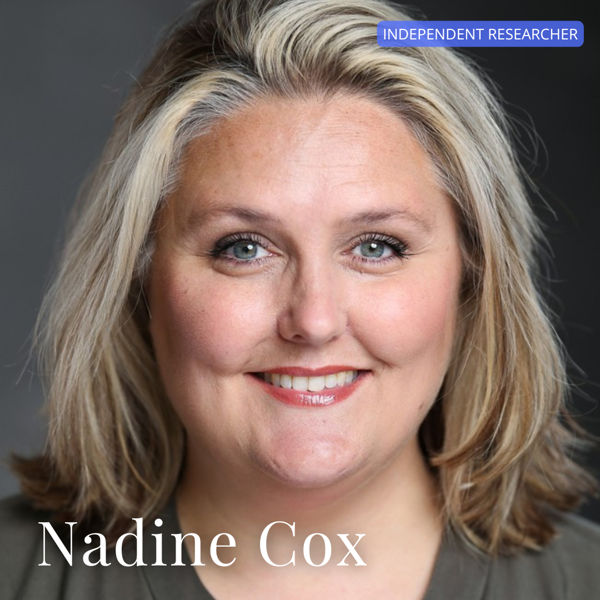Course Review: Vocal Fry and its Application to Singing Voice Training with John Nix
Friday 15th September 2023What is 'vocal fry'? University of Texas Professor of Voice and Voice Pedagogy John Nix began his two-hour short course by answering this very question. It is perceptually defined as the lowest vocal register for males and females, with a frequency of below 70 Hz (Keidar, 1983). It has a higher frequency modulation (jitter) and amplitude modulation (shimmer) than speech level voice. John shared an audio clip to illustrate. He then made a comparison with the concept of ‘creaky voice’ using an array of research literature.
Some waveform diagrams were shared to show the differences between vocal fry and chest voice, before John continued with more physiological definitions of vocal fry such as the notion of low subglottal pressure and low air flow. Next, some endoscopic footage showed movements of the vocal folds during vocal fry.
But when does vocal fry occur in speech? Research has suggested that it tends to occur at the ends of sentences and paragraphs, at word and syllable boundaries, and in unstressed syllables. John also explored the most common users of fry i.e. it has been suggested to be more prevalent in females than in males.
The next part of the course focused on a recent study carried out by John and his colleagues Whitney Chappell and Mackenzie Powell entitled ‘Social and Stylistic Correlates of Vocal Fry in A Cappella Performances’. The study hypothesised that fry would be viewed negatively, and that it would be evaluated differently in male and female voices. It involved four singers (two female and two male) and two unaccompanied songs.
Overall, singers were less confident and less natural when singing with vocal fry. The study also found that the evaluations of male singers who sang using fry did not drop as dramatically as the women's ratings. In addition, there was a stronger tendency towards more negative evaluations among the older and more musically trained listeners. John concluded that listeners do perceive local fry in a cappella performances as an indicator of social and stylistic properties, and that fry in both music and speech evokes more negative assessments from older listeners.
A second study, entitled ‘The Relationship of Vocal Fry in a Speech Task with Listener Ratings of Popular Vocal Music Performances’, was featured, and this one asked whether listening to fry in a musical context influences the amount of fry in the listener's speech, and whether the use of fry in speech influences how listeners evaluate fry in the singing of others. The study’s methodology combined surveys with speaking voice recordings.
Although the recordings alone didn’t show much, the combination of the recordings and the survey responses showed that there is a significant relationship between perception in song and production in speech for both vulnerability and perceived singer race e.g. those who perceive fry as a marker of greater vulnerability tended to decrease their use of fry in speech. Looking ahead to further studies, John recommends using a conversational task rather than the reading task used in this study.
Next, John shared some examples of vocal fry and/or creaky voice in vocal performances from popular performers such as Britney Spears and Randy Travis, and then paused to answer some questions from his audience.
The second half of the course began by detailing a third study (with Whitney Chappell only this time) which, at the time of writing, is due to be published imminently. This one is entitled ‘Vocal Fry, Creaky Voice, and Singing Voice Pedagogy: Singing Teacher Attitudes and Use’ and asked questions such as ‘How do singing teachers define vocal fry and creaky voice?’ and ‘Do singing teachers use vocal fry and/or creaky voice in their practising, performing, and teaching, and if so, how do they use it?’.
A survey was conducted on 124 participants between the ages of 23 and 73; 87 of them completed it and therefore were included in the analysis. The results showed that low or indeterminate pitch, low air flow and low breath pressure were the most associated attributes. There were also more people unsure of the difference between vocal fry and creaky voice then there were people that thought the two were distinct or synonymous. Meanwhile, most teachers either never or rarely used vocal fry and/or creaky voice in their own training. Overall, the two concepts were not used much in either singing practice, teaching or performing, though when they were used, they were found to be more appropriate in certain specific styles – pop and rock were cited the most, followed by jazz, gospel and others.
John concluded that there are a broad range of attitudes to vocal fry and creaky voice, and these are mostly conditioned by own usage. Although most cannot distinguish between the two, and only recognise their importance to certain styles of music, he added that their use in practice and teaching appears to be growing in popularity to some extent.



